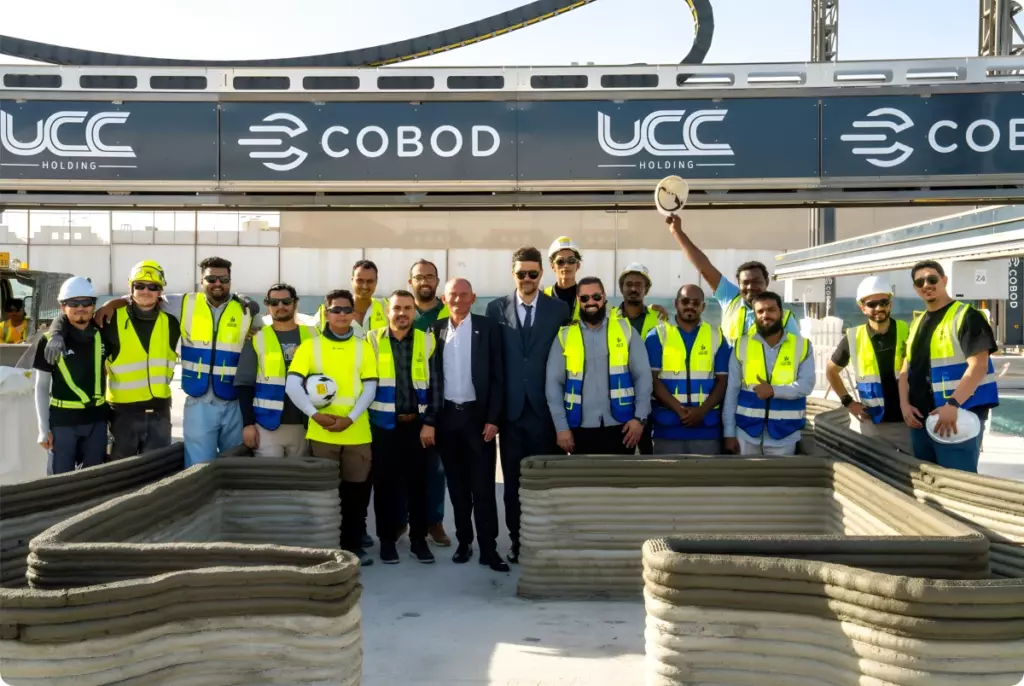Qatar is undertaking a landmark project to build the world’s largest 3D-printed educational facilities. In a significant step forward for innovative and sustainable construction, this initiative, a collaboration between UCC Holding and Qatar’s Public Works Authority, is poised to set a new global benchmark in the field.
The project features the construction of two enormous schools, each with a built-up area of 215,000 square feet. These 3D-printed structures are part of a larger development that includes 12 other schools built using conventional methods.
The 3D printing is being executed by two custom-built BODXL printers from COBOD, which are designed to handle large-scale and intricate architectural designs. The school’s design, with its curved and flowing walls, draws inspiration from Qatar’s natural desert landscapes.
This advanced construction method offers numerous benefits over traditional techniques, including greater design freedom, enhanced efficiency, reduced reliance on manual labor, and minimized material waste. The project is expected to be completed by the end of 2025 and is anticipated to revolutionize construction standards and encourage similar projects globally.
The environmental benefits of this project are particularly noteworthy. By precisely layering materials, 3D printing significantly reduces the construction waste typically associated with traditional building methods. This additive manufacturing process not only conserves resources but also has the potential to lower the overall carbon footprint of the construction, a crucial step towards more sustainable development in the region. This project serves as a powerful case study in how technological innovation can be harnessed to meet environmental goals.
Beyond the immediate scope of this project, the successful completion of these schools will have far-reaching implications for the future of construction worldwide. It will demonstrate the viability of 3D printing for large-scale public infrastructure, potentially paving the way for its use in addressing housing shortages and other critical needs. As the technology matures, it could lead to faster, more affordable, and more sustainable building solutions for communities around the globe, making this Qatari initiative a true milestone in the evolution of the built environment.
Original Soruce


